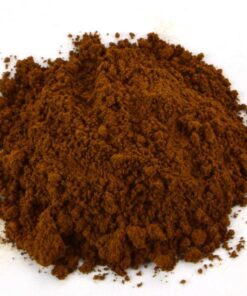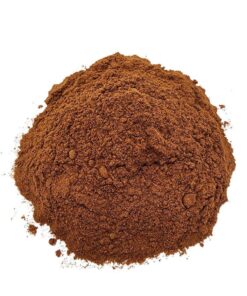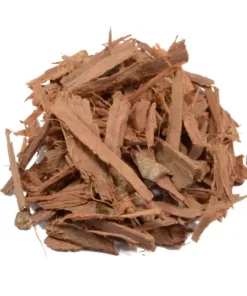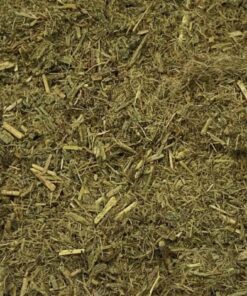What is Acacia Root Bark?
Acacia root bark comes from the root system of trees in the Acacia genus, a group of over 1,000 species found mostly in Australia, Africa, Asia, and the Americas. The bark from certain species—especially Acacia confusa, Acacia maidenii, and Acacia obtusifolia—is notable for its rich chemical composition.
Key Compounds
Tannins: Astringent compounds used for tanning leather and natural dyes.
Alkaloids: Certain Acacia species contain tryptamine alkaloids like DMT (dimethyltryptamine) and NMT (N-methyltryptamine)—especially in the root bark.
Flavonoids & Saponins: Offer potential antioxidant and antimicrobial properties.
Traditional and Cultural Uses
Spiritual Practices: Some indigenous cultures have used Acacia in ceremonies, particularly as part of brews or incense for their visionary or healing qualities.
Herbal Medicine: Used traditionally for treating sore throats, fevers, and wounds due to its antibacterial and anti-inflammatory effects.
Tanning and Dyeing: The tannin-rich bark has been used to tan leather and produce earthy-colored dyes.
Modern Interest
Ethnobotany & Psychedelics: Acacia root bark is frequently studied for its high DMT content. When extracted, DMT has been used in entheogenic contexts (e.g., similar to ayahuasca).
Research & Study: Interest in psychoactive plant compounds has led to scientific research into the pharmacology of Acacia alkaloids.
Sustainability & Ethical Considerations
Overharvesting Risk: Removing the root bark can kill the tree. Unsustainable harvesting has impacted native populations of some species.
Cultivation vs. Wild Harvesting: Cultivated sources are preferred to preserve wild Acacia ecosystems.







